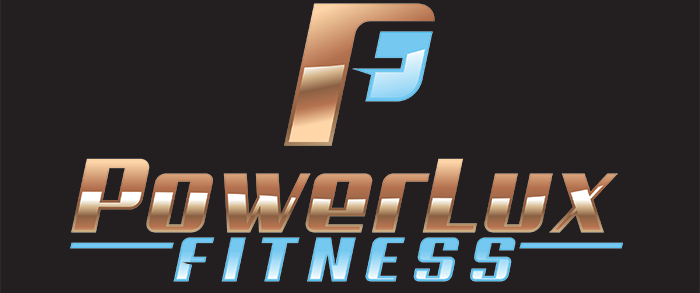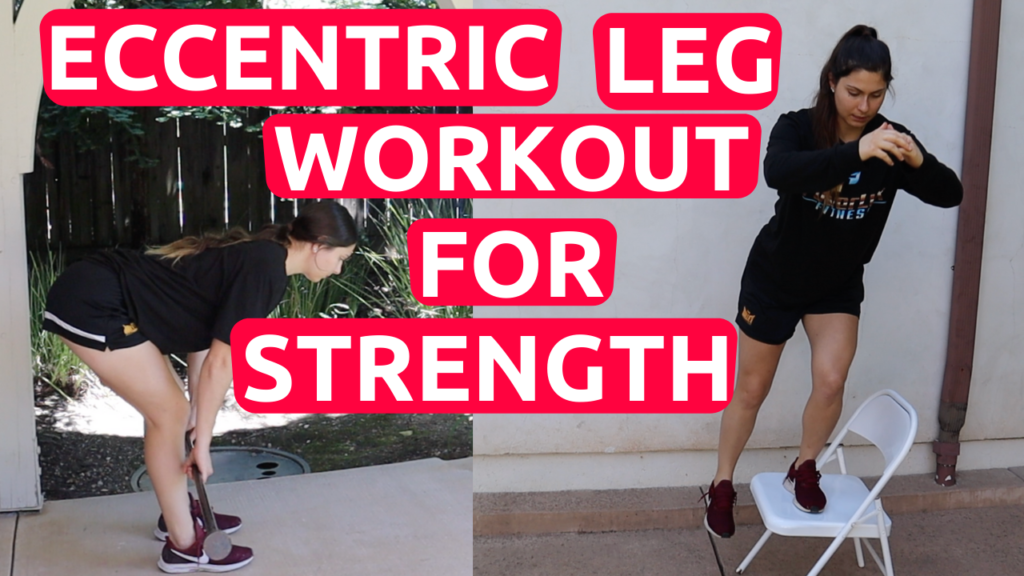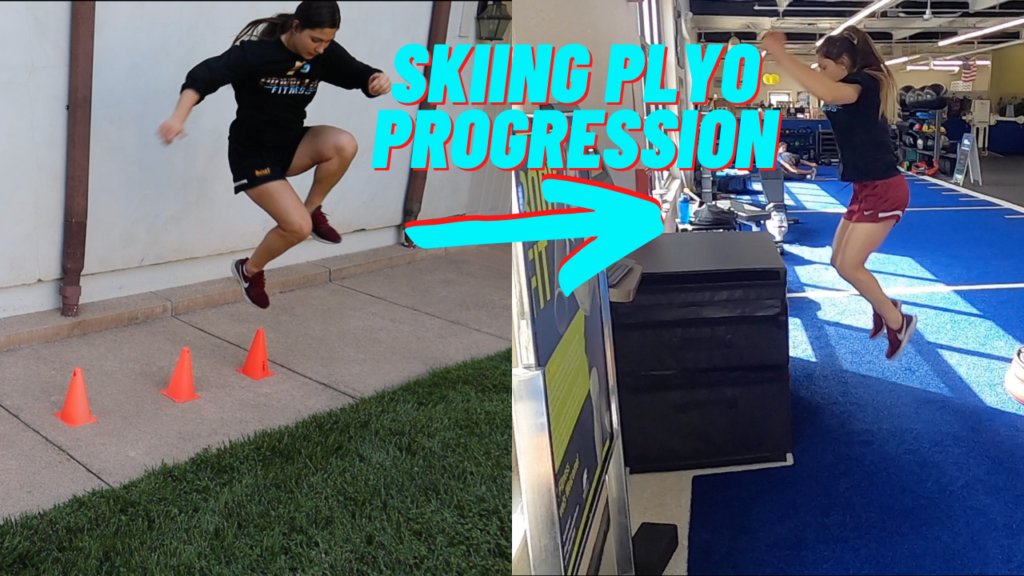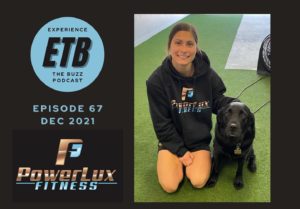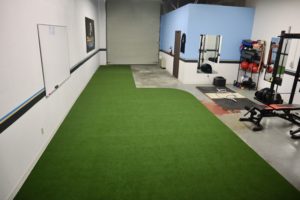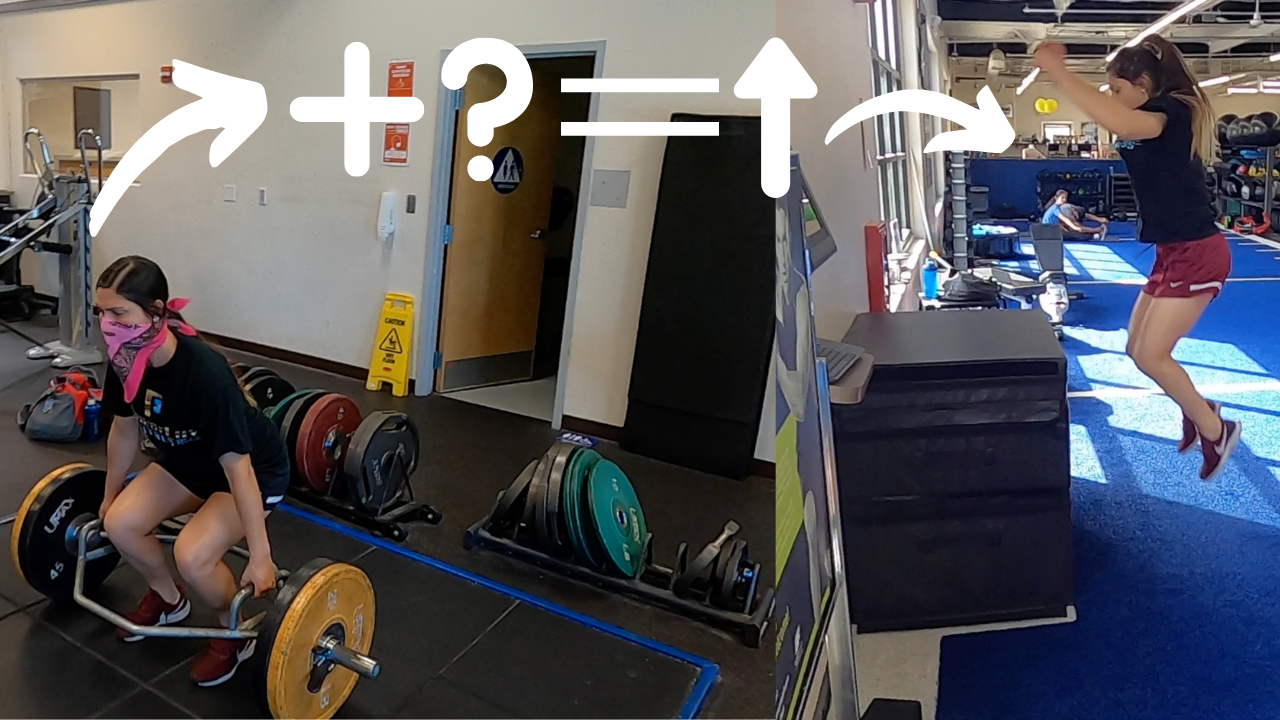
When I say increase your vertical jump, what’s the first thing you think of? Shit, I gotta do hella explosive exercises to increase my bounce. Um.. well, that’s half right… you gotta do exercises to increase your bounce, but it’s not what you think. Increasing one’s vertical isn’t just a matter of doing explosive exercises, hoping that makes you jump higher. It’s about increasing strength in a way that allows you to become more elastic. That might sound contradictory because when you think of something being elastic, say a rubber band, you think explosive, not necessarily strong in the sense you’re familiar with the word “strong.” So when I say elastic strength, you might be wondering how the hell building strength will make you more elastic like a rubber band, isn’t that the job of power exercises?
To start off, let’s break it down to very basic terms. If you have read my other articles and watched my YouTube videos, then this concept will be familiar to you: the basis of power is strength; you cannot be powerful without being strong. So, when it comes to increasing your vertical, you need to increase your strength in 2 ways, which will then allow you to be more powerful. Doing power/explosive exercises without the correct foundation is like building a house in quicksand. You’re gonna spend hours doing hard work, and the only thing you’ll have to show for it is the tip top of your roof sticking out of the quicksand. Those power exercises will help a little, don’t get me wrong, but if you really wanna increase your vertical, (a.k.a. build a big ass house that you can actually see), then you need a strong foundation.
Why is strength so important when it comes to explosive exercises? Well, many reasons, but specifically for this topic, because of the stretch reflex and stretch shortening cycle. I’m not gonna get too in depth on those two topics, as I already have an article going full description on them, so click here to read that and understand their importance. But sparknote version, the stretch reflex and stretch shortening cycle are 2 functions that allow you to store energy within your body and use that stored energy to propel yourself in a desired direction. Back to the rubber band example. Imagine you’re a rubber band. Not all rubber bands are the same: some are super stretchy and loose, some are super tight, and others have just the right stretchiness to shoot far. Hmm.. too much, not enough, just right… that sounds familiar, goldilocks. For a rubber band, the thing that determines how stretchy it is and how far it will shoot is the elasticity. Now, for humans, the elasticity is determined by 2 things, the stretch reflex and stretch shortening cycle. So here’s a little equation to help you out:
Stretch reflex + stretch shortening cycle = potential elasticity
Elasticity = how far you can propel in a direction
So based on those 2 equations, we want to maximize our elasticity so we can spring hella high, increasing our vertical jump. In order to do that, we have to look at the 2 factors that determine elasticity. Yep, you got it: stretch reflex and stretch shortening cycle. You might be wondering, how the hell am I supposed to train how stretchy I am. The answer to your question is simple: eccentric training. And what does eccentric training do… BUILDS STRENGTH. Boom. Magic.
Flashback to paragraph 2 when I said you need to increase your strength in 2 ways. You need to increase your overall strength by lifting, but you also need to increase your strength via plyometrics. Just being strong from weights won’t help you much unless you can do something with it. That’s where plyometrics come in. They are going to help you take the strength you are building, and transfer it, increasing your vertical jump. So summary so far: strength important, strength good, increase strength with weights, apply strength with plyometrics, get elastic, jump higher.
For those of you who are still confused, I’m sorry for you. Maybe this will help: if you want to jump higher, you need to build strength because increasing your strength and applying your strength (via plyometrics) is going to improve your stretch reflex and stretch shortening cycle (elasticity), which will make you jump higher.
In my opinion, the best way to increase overall strength is doing a triphasic approach, meaning break down your training blocks into an eccentric phase, isometric phase, and concentric phase. This way, it’ll allow you to really focus on what each movement has to offer. A lot of people will probably skip the eccentric phase and isometric phase and just jump straight into the concentric phase, since that is the fancy phase of movement. That’s the biggest mistake you can make. You NEED to train the eccentric phase for all the reasons we discussed earlier: it builds strength and improves your stretch reflex and SSC.
That is the one thing that most people overlook, and why no matter what they do, they can’t increase their vertical jump height. On paper, just doing eccentric training is the easiest solution, but actually training it isn’t so simple. Eccentric training is harsh. It’s tiring as hell, you get super sore, and it taxes you neurologically. But if jumping higher is the lock, eccentric training is the key. The best way to eccentrically train is just by adding a tempo to the movement – lower slowly, explode up. I highly, highly, highly recommend you check out my article on eccentric training for a MUCH more comprehensive description on the movement phase. There’s a lot more to it than what this article shows, and plus, that other article gives example workouts to check out (click here).
Part 1 of increasing your strength is through eccentric training. Part 2 of increasing your strength is through plyometrics. The reason we do plyometrics is once again to work on the stretch reflex and stretch shortening cycle. The whole idea behind plyometrics is making the person much more elastic and powerful, through absorbing kinetic energy, transferring kinetic energy through the ground, and then producing even more energy that’ll help sling you forward/up. Very much similar to strength training with weights, you can’t just skip forward to the final phase of plyometrics. You have to start at the beginning so that you can have a sturdy foundation that will allow you to build 10x more than you bargained for.
The most important part of plyometrics is efficiently using the energy to your advantage. It’s about quickly absorbing the most energy you can, allowing you to quickly transfer it to the ground and back to you, and then maximizing the energy you have stored to shoot you where you wanna go. But NONE of that is possible if you can’t properly absorb the force and store the energy. Think of the house example again. I don’t care if you have the biggest house in the freakin world, if you put that house on quicksand, it has nothing to support it, so it’ll just get eaten. But if you put that house on cement, it has a strong ass foundation that’s keepin that house there. Unless of course there’s an earthquake that breaks the cement, but let’s not put that juju into the universe. So to give yourself the best foundation possible, you gotta make it sturdy as hell, and that is done through training the force absorption phase of plyometrics.
When training force absorption, it’s nothing fancy. You’re going to think why the hell am I doing this low level shit. Well this “low level shit” is the difference between good and great. I don’t think Kobe ever viewed doing basic ball handling drills as low level shit, and that’s why he’s the greatest to ever do it (besides Michael Jordan). And that’s coming from a Sacramento Kings fan who HATES the Lakers so much that being a Lakers’ fan is a deal breaker for me when it comes to dating. It used to be a deal breaker for friendships too, but I’ve made a couple exceptions because I try to be nice. Anyways. To be the best at anything, you have to master the basics and continue to train them.
Same with plyometrics. The best athletes in the world, in explosive sports, have a phenomenal ability to absorb force and then utilize it efficiently. The key though is absorbing the force. Let’s say you have 100 Newtons of force for the loading phase of a jump, but you aren’t efficient at absorbing and transferring that energy, so then when it comes to actually jumping, you only have about 60 Newtons. Well if you would have trained force absorption to be more efficient and store the max amount of energy, then you could have had 100 Newtons of force in the jump phase, not 60N.
So at the end of the day, if you want to increase your vertical jump a respectable distance, then your best friend is strength in the form of eccentric training (for stretch reflex and SSC) and force absorption (to maximize the amount of energy you’ll have available when performing your jump). Once you finish that first block with both of those, you can progress to isometric training for strength and the amortization phase of plyometrics. Isometric strength training is the bridge between eccentric training and concentric training, allowing you to take the strength you’ve built and use it to become more explosive. The amortization phase of plyos is a similar concept: taking the energy you efficiently absorbed, and allowing you to use that energy to propel yourself where you wanna go. Real quickly, the key to the amortization phase with plyos is decreasing ground contact time. You wanna land from a jump, and as fast as possible, explode out of it. But you’ll understand more when you read that article about plyo progressions (click here).
To start off training force absorption, just focus on the landing. If you do something like a squat jump, don’t focus on how high you jump right now. Focus on how you land. You want to stick the landing hard, in an athletic position. You don’t want to land and sink your butt down. That will lead to energy dissipating, which is not what you want. So when you do your plyos, focus on that aspect… sticking the landing. Then you can progress the plyos to absorbing force from a higher distance, like a depth drop, or by adding resistance, like with a weighted squat jump. I actually have another article on the progression I use when training plyos, so you can use that framework for your training program. Go ahead and click here to check out that article.
Alrighty guys well that pretty much wraps this one up! Hopefully it was helpful in showing you the easy solution and fool proof way to increase your vertical jump. Make sure you’re checking out our instagram, @powerlux_fitness, and our YouTube Channel for more athletic workouts and ways to train like an athlete for the everyday person! If you’re interested in working with PowerLux Fitness, if you want programming, training, or a consultant, don’t hesitate to reach out! We have top of the line trainers with experience training professional athletes ready to help you!
Until next time, stay rad ??
